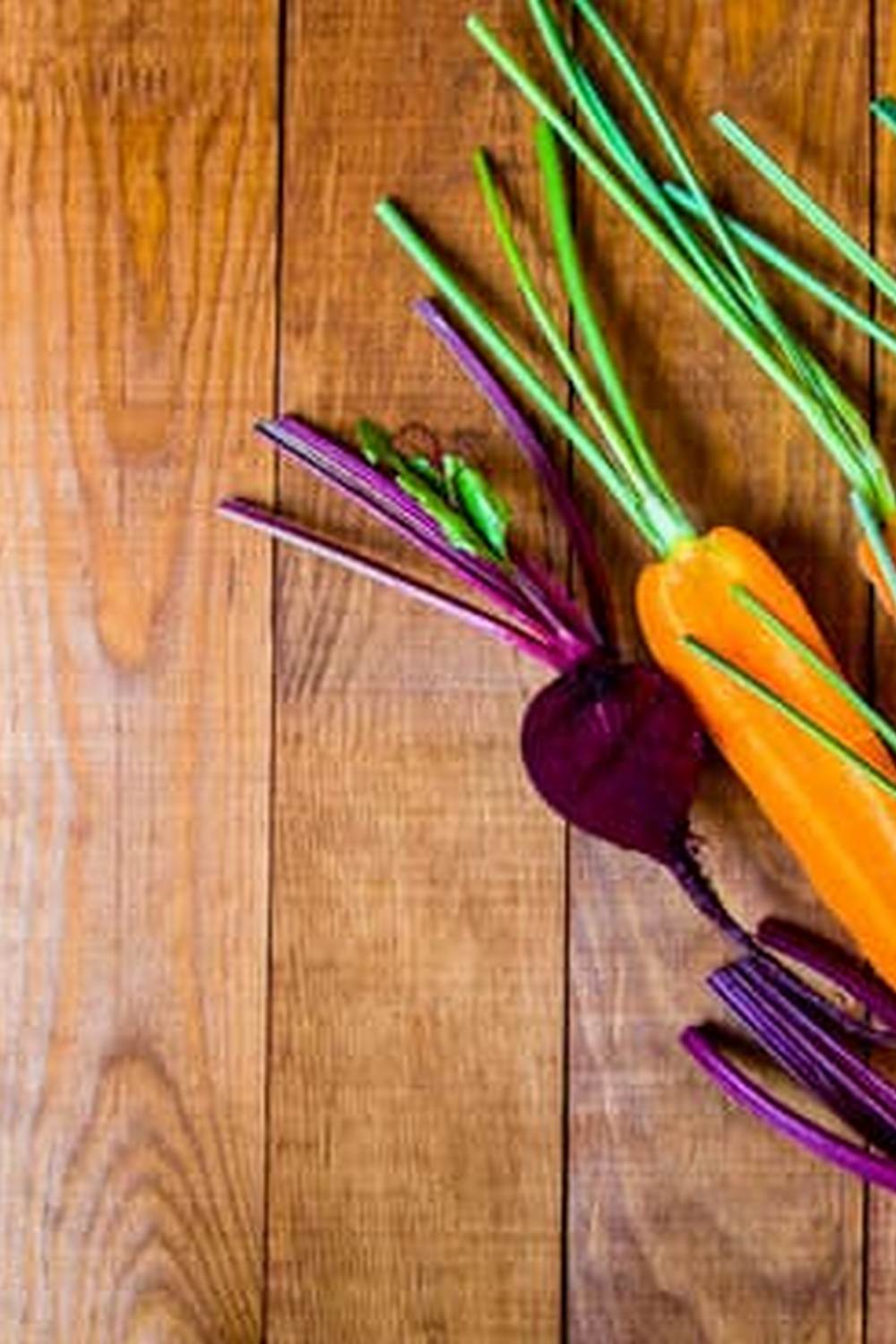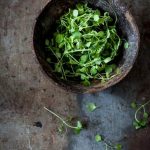Soil quality plays a crucial role in the success of vegetable gardening, as different types of soil provide varying levels of nutrients and drainage. Understanding the different types of soil for gardening vegetables is essential for cultivating healthy and productive crops. Whether you have sandy, clay, loamy, or silt soil, knowing how to work with its unique properties can make a significant difference in your harvest.
The type of soil in which you plant your vegetables directly impacts their growth and overall health. Sandy soil drains quickly but may lack essential nutrients, while clay soil retains moisture but can be compacted and poorly aerated. Loamy soil, a blend of sand, silt, and clay, is often considered ideal for vegetable gardening due to its balanced composition. Silt soil provides good moisture retention without becoming waterlogged.
By testing the pH levels and nutrient content of your soil, you can determine its suitability for growing vegetables and make necessary amendments to optimize conditions. Composting and adding organic matter can improve soil structure and fertility, ensuring that your vegetable plants have access to the necessary resources for robust growth. In the following sections, we will explore each type of soil in detail and provide insights on how to best utilize them for successful vegetable gardening.
Understanding Soil Composition
Soil composition plays a crucial role in the success of vegetable gardening. Understanding the components that make up soil is essential for creating an environment where vegetables can thrive and flourish. There are several key elements that are necessary for healthy vegetable growth:
- Organic Matter: Organic matter in soil provides essential nutrients for plants to grow. It helps improve soil structure, retain moisture, and promote beneficial microorganisms.
- Minerals: Minerals like nitrogen, phosphorus, and potassium are vital for plant development. These nutrients support different stages of growth, from seedling establishment to fruit production.
- Air and Water: Proper soil structure allows for adequate air and water circulation around plant roots. This ensures that plants can access the nutrients they need for optimal growth.
Each component plays a unique role in supporting vegetable growth and overall soil health. By understanding the importance of organic matter, minerals, air, and water in soil composition, gardeners can create an ideal growing environment for their vegetable crops.
When preparing your garden for vegetable planting, it is important to assess the existing soil composition to determine its quality and potential limitations. Conducting a soil test can provide valuable information about the pH levels and nutrient content of your soil. By understanding these factors, you can make informed decisions about which vegetables to plant and what amendments may be necessary to optimize crop yield.
Incorporating organic matter through composting or adding soil amendments can help improve soil fertility and structure over time. By enriching the soil with nutrients and promoting microbial activity, gardeners can create a balanced environment that supports healthy vegetable growth. Whether you have sandy, clay, loamy, or silt soil types in your garden, proper understanding of soil composition is key to successful vegetable gardening.
Testing Your Soil
When it comes to gardening vegetables, the quality of the soil plays a crucial role in determining the success of your crops. Understanding the composition of your soil is essential to ensure that your vegetables receive the necessary nutrients for healthy growth.
One key aspect of soil quality that gardeners should pay attention to is the pH levels and nutrient content of the soil. Testing your soil can provide valuable insights into its current state and help you make informed decisions about how to improve it for optimal vegetable growth.
There are various methods available to test the pH levels and nutrient content of your soil. One common approach is using a pH testing kit, which can be purchased at garden centers or online.
These kits typically come with instructions on how to collect soil samples and conduct the test accurately. By knowing the pH levels of your soil, you can determine if it is acidic, neutral, or alkaline, which in turn affects the availability of nutrients for your vegetable plants.
In addition to pH testing, you may also consider sending a sample of your soil to a professional laboratory for a detailed analysis. This comprehensive test can provide information on not only the pH levels but also specific nutrient deficiencies or excesses present in your soil.
Armed with this knowledge, you can then tailor your fertilization and amendment strategies accordingly to create an optimal growing environment for your vegetables. Testing your soil regularly throughout the growing season is recommended to monitor changes and adjust accordingly for successful vegetable gardening.
Sandy Soil
One of the key benefits of sandy soil is its ability to prevent waterlogging and allow sufficient aeration for plant roots to develop. However, this soil type tends to have low nutrient content due to the rapid leaching of essential minerals. To address this issue, gardeners can enrich sandy soil with organic matter such as compost or well-rotted manure to improve its fertility and provide a steady supply of nutrients for vegetable crops.
When planting vegetables in sandy soil, it is important to monitor irrigation practices closely to ensure that plants receive an adequate amount of water. Frequent watering may be necessary due to the fast-draining nature of sandy soil, especially during hot weather or prolonged dry spells. By selecting the right vegetables and implementing proper cultivation techniques, gardeners can successfully grow a variety of crops in sandy soil while maximizing their yield and quality.
| Benefits of Sandy Soil | Best Vegetables for Sandy Soil |
|---|---|
| Good drainage capabilities | Carrots |
| Warms up quickly in spring | Radishes |
| Prevents waterlogging | Peppers |
Clay Soil
– Clay soil is rich in nutrients, making it fertile ground for vegetables to flourish.
– Due to its small particles, clay soil has high water retention capacity, which can lead to waterlogging and root rot if not properly managed.
– The dense nature of clay soil can make it difficult for plant roots to penetrate and access nutrients and oxygen.
Improving Drainage in Clay Soil:
1. Incorporate Organic Matter: Adding organic materials such as compost, peat moss, or aged manure can help break up the compacted nature of clay soil and improve drainage.
2. Raised Beds: Opting for raised beds filled with a mixture of topsoil, compost, and sand can provide better drainage for vegetable roots in clay-heavy areas.
3. Mulching: Applying mulch around vegetable plants helps regulate moisture levels in the soil and prevents compaction during heavy rain.
By addressing the properties of clay soil and implementing strategies to enhance its drainage, you can create an ideal growing environment for a variety of vegetables. Experimenting with different techniques will help you find the right balance that allows your vegetable garden to thrive in clay soil.
Loamy Soil
Benefits of Loamy Soil
One of the key benefits of loamy soil is its ability to hold moisture without becoming waterlogged, which is crucial for vegetables like tomatoes, peppers, and cucumbers that require consistent watering. Additionally, the well-draining nature of loamy soil prevents root rot and other water-related diseases in plants. The rich nutrient content in loamy soil also supports robust plant growth and ensures a bountiful harvest of vegetables throughout the growing season.
Vegetables That Thrive in Loam Soil
Several popular vegetable crops thrive in loamy soil conditions. Root vegetables such as carrots, potatoes, and radishes benefit from the loose texture of this soil type, allowing them to expand and develop without obstruction. Leafy greens like lettuce and spinach also do well in loamy soil due to its nutrient-rich properties. Furthermore, vining plants such as beans, peas, and squash appreciate the ample drainage provided by loamy soil, promoting healthy root systems and vigorous growth.
Silt Soil
Suitable Vegetable Crops
Since silt soil has excellent water-retention properties, it is well-suited for vegetables that require consistent moisture throughout their growth cycle. Leafy greens like lettuce, spinach, and kale thrive in silt soil due to its fertility and ability to retain nutrients. Root vegetables such as carrots, beets, and radishes also do well in silt soil as they benefit from the moisture retention and nutrient-rich composition.
Challenges and Considerations
Despite its fertility and favorable characteristics, silt soil can become compacted easily, which may hinder root growth or lead to waterlogging. To prevent compaction, it is important to regularly aerate the soil by incorporating organic matter like compost or well-rotted manure. Additionally, managing drainage through raised beds or adding organic material can help avoid waterlogging issues commonly associated with silt soil.
Tips for Gardening in Silt Soil
When working with silt soil for vegetable gardening, it is essential to monitor moisture levels regularly to prevent overwatering or waterlogging. Adding organic amendments like compost or aged manure can help improve the structure of silt soil while providing additional nutrients for plant growth. Crop rotation and cover cropping are also recommended practices to maintain soil health and fertility over time when gardening in silt soil.
Composting and Soil Amendments
When it comes to gardening vegetables, having the right soil composition is crucial for the overall success of your plants. One way to ensure your soil is nutrient-rich and suitable for vegetable growth is by incorporating compost and other soil amendments. Compost is a valuable organic matter that not only improves soil structure but also provides essential nutrients for healthy plant development.
In addition to compost, there are various types of soil amendments that can help enhance the quality of your soil for growing vegetables. This includes materials such as manure, bone meal, fish emulsion, and vermicompost, among others. These amendments can address specific deficiencies in your soil, such as lacking nutrients or pH balance, creating a more favorable environment for your vegetable plants to thrive.
| Vegetable | Preferred pH Level |
|---|---|
| Tomatoes | 0-7.0 |
| Carrots | 5-7.0 |
| Lettuce | 0-7.0 |
Conclusion
In conclusion, the key to successful vegetable gardening lies in selecting the right type of soil. Soil quality is essential for providing the necessary nutrients, drainage, and support for healthy plant growth. Understanding the composition of soil and testing its pH levels and nutrient content are crucial steps to ensure that your vegetables thrive in their environment.
Each type of soil – sandy, clay, loamy, or silt – has its own unique characteristics that affect how well certain vegetables will grow. Sandy soil, for example, is well-draining but may require more frequent watering and fertilization. On the other hand, clay soil can be dense and prone to waterlogging, but with proper amendments, it can be improved for vegetable cultivation.
Ultimately, whether you choose to work with sandy, clay, loamy, or silt soil for your vegetable garden, incorporating compost and other soil amendments can help create an optimal growing environment for your plants. By enriching your soil with organic matter and ensuring proper drainage and nutrient balance, you’ll set yourself up for a bountiful harvest of fresh vegetables.
Remember that each type of soil has its advantages and challenges, so it’s important to tailor your gardening practices accordingly to maximize success.
Frequently Asked Questions
What’s the Best Soil for Vegetable Garden?
The best soil for a vegetable garden is one that is well-draining, rich in organic matter, and has a good balance of nutrients. Sandy loam soil with added compost is often recommended because it provides good drainage while retaining moisture and nutrients for plant growth.
Is Topsoil Good for Planting Vegetables?
Topsoil can be beneficial for planting vegetables if it is of good quality and not too compacted. It can help improve soil structure, retain moisture, and provide a base for vegetable roots to grow. However, it’s important to ensure that the topsoil is nutrient-rich and suitable for vegetable cultivation.
What Soil Quality Do Vegetables Need?
Vegetables generally require soil that is fertile, well-draining, and has a slightly acidic to neutral pH level. Good soil quality for vegetables also includes adequate levels of essential nutrients like nitrogen, phosphorus, and potassium. Additionally, proper soil structure with enough organic matter helps vegetables grow healthy roots and access the necessary nutrients for development.

If you’re looking to get into vegetable gardening, or are just looking for some tips on how to make your current garden better, then you’ve come to the right place! My name is Ethel and I have been gardening for years. In this blog, I’m going to share with you some of my best tips on how to create a successful vegetable garden.





